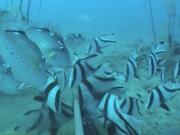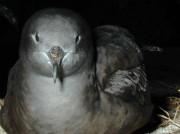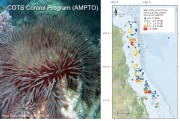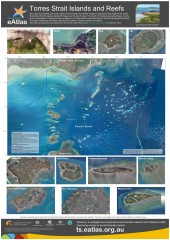Map Gallery
The RV Southern Surveyor was a 66.1 m research vessel operated by the Australian Commonwealth Scientific and Industrial Research Organisation from 2003-2013 (take a virtual tour).
The RV Southern Surveyor was a 66.1 m research vessel operated by the Australian Commonwealth Scientific and Industrial Research Organisation from 2003-2013 (take a virtual tour).
The RV Southern Surveyor was a 66.1 m research vessel operated by the Australian Commonwealth Scientific and Industrial Research Organisation from 2003-2013 (take a virtual tour).
The RV Southern Surveyor was a 66.1 m research vessel operated by the Australian Commonwealth Scientific and Industrial Research Organisation from 2003-2013 (take a virtual tour).
The RV Southern Surveyor was a 66.1 m research vessel operated by the Australian Commonwealth Scientific and Industrial Research Organisation from 2003-2013 (take a virtual tour).
The RV Solander is a 34.9 m long marine research vessel operated by the Australian Institute of Marine Science (take a virtual tour, map its current position).
Australia is the fifth largest user of shipping in the world with more than 11,000 vessels from 600 overseas ports visiting Australia's 65 major ports each year. This creates the potential for hazardous spills of various types (most notably oil spills - such as the Montara spill of 2009), which could damage key coastal and marine ecosystems.
As an island continent, Australia has sovereign rights over a vast area of ocean, along with the fishery, mineral, and petroleum resources found in that area. A body of international rules and principles developed to regulate ocean space (1982 United Nations Convention on the Law of the Sea) defines procedures for mapping where these rights exist.
Dusky whaler sharks are widely distributed throughout the world's tropical and warm temperate waters (watch a video). This includes NW Australia's Oceanic Shoals CMR.
Use the interactive map below to explore the home range of these sharks within and beyond the CMR.
Australia is the fifth largest user of shipping in the world with more than 11,000 vessels from 600 overseas ports visiting Australia's 65 major ports each year. About 98 per cent of Australia's exports are carried by ships. Understanding where shipping occurs over time is important because it can harm coastal and marine ecosystems and their inhabitants.
Submerged reefs and shoals are important features of the North West Marine Region of Australia due to their diverse and often unique benthic (e.g., corals, sponges) and fish biodiversity. In 2009, reefs and shoals near the Montara oil field were exposed to an uncontrolled release of oil and gas that lasted for 74 days.
Submerged reefs and shoals are important features of the North West Marine Region of Australia due to their diverse and often unique benthic (e.g., corals, sponges) and fish biodiversity. In 2009, reefs and shoals near the Montara oil field were exposed to an uncontrolled release of oil and gas that lasted for 74 days.








